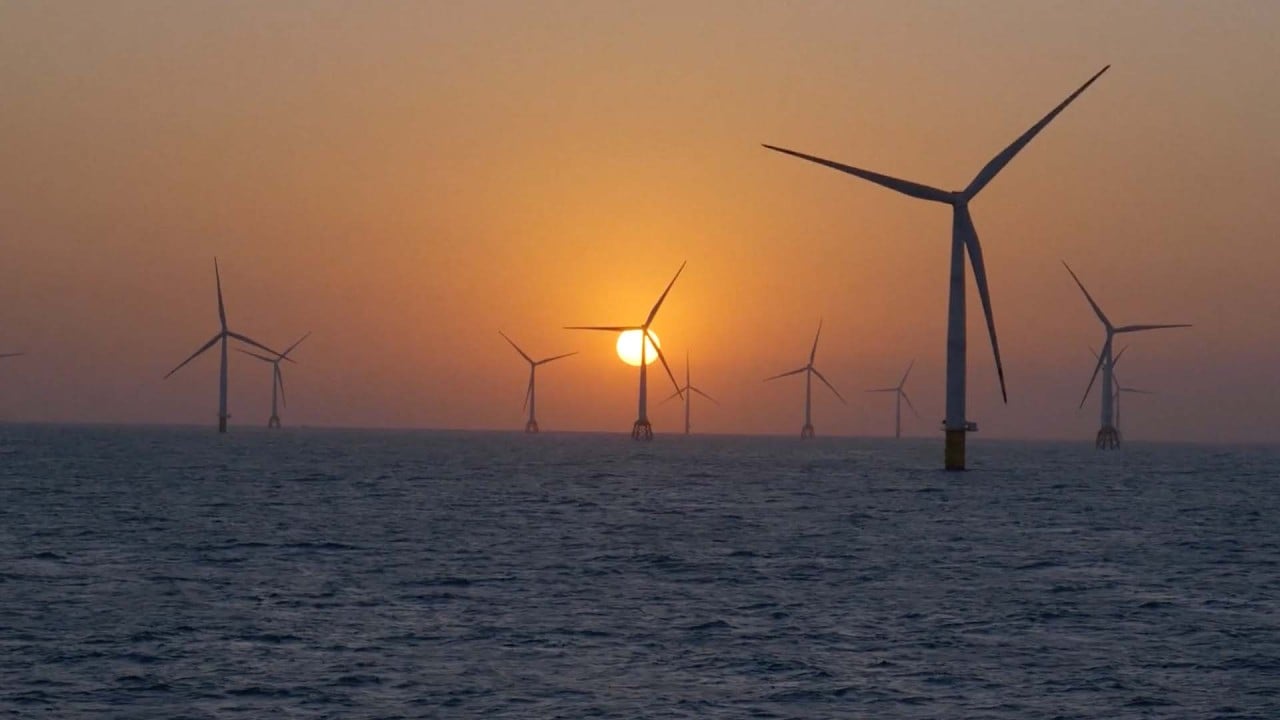
19 Mar China’s recalibration of energy efficiency target could increase emissions, put climate goal at risk, analysts say
China’s decarbonisation goals set for 2025 are in danger of veering off track after policymakers redefined a key energy target that could drive emissions higher, climate experts warn.
Unless the country exceeds its energy target set for 2024, China would need to make unprecedented progress next year to meet its climate commitments, they said.
China this month set a target of reducing energy consumption per gross domestic product (GDP) unit, or “energy intensity”, by 2.5 per cent in 2024, in a bid to achieve its goal of slashing energy intensity by 13.5 per cent set in 2020.
This year’s target comes after the government redefined its measurement of energy intensity, eliminating non-fossil fuels such as renewables and nuclear energy to focus on fossil fuels and promote green energy.
However, climate analysts believe the 2.5 per cent cut is not enough to achieve the 2025 target under the new energy intensity definition, leaving scope for an increase in emissions.
“The way the change has been implemented – redefining the meaning of energy intensity without adjusting the numerical target – reflects a lower level of ambition, as it allows higher emissions under the target,” said Lauri Myllyvirta, senior fellow at Asia Society Policy Institute, a global non-profit organisation.
China will miss its climate goals unless it reins in coal power: report
China will miss its climate goals unless it reins in coal power: report
Under the new definition, the 2.5 per cent energy intensity reduction could allow emissions to increase by up to 2.4 per cent this year, if GDP growth is on target, according to Myllyvirta. Beijing has set a GDP growth target of around 5 per cent this year.
“China is now in a situation where emissions need to fall in absolute terms from 2023 to 2025 for the country to meet its 2025 climate commitments,” he said. “However, the targets set for 2024 still leave space for further increase in emissions.”
The world’s second-largest economy and the biggest greenhouse gas emitter is at risk of missing its climate targets after energy consumption surged last year amid a post-pandemic recovery across a swathe of sectors ranging from manufacturing to travel demand.
Emissions reduction of 10% in reach for China steel sector next year
Emissions reduction of 10% in reach for China steel sector next year
China’s energy intensity fell by only 0.5 per cent last year, missing the 2 per cent target set earlier, data from the National Bureau of Statistics showed.
“The 2.5 per cent reduction by 2024 puts us far off track in terms of the 2025 goals,” said Guo Shiyu, a Beijing-based campaigner at environmental group Greenpeace East Asia.
As China approaches its 2030 goal of reaching peak emissions, Beijing will have to undergo a steeper and more turbulent energy transition, she added.
China needs to achieve energy intensity cut of at least 4.5 per cent this year and next to meet its 2025 target of slashing energy intensity by 13.5 per cent, according to Myllyvirta.
This means maintaining the scale of clean energy additions and investments achieved last year and stabilising or reducing fossil fuel consumption, he said.

